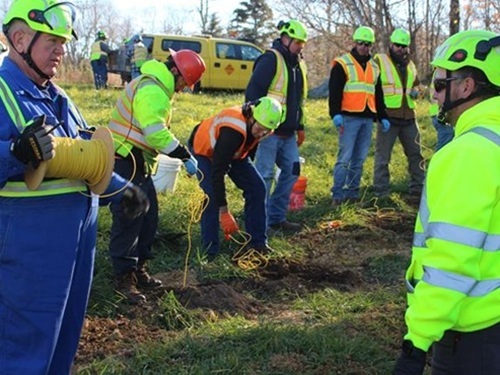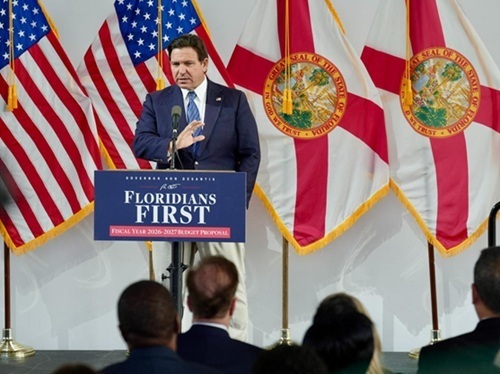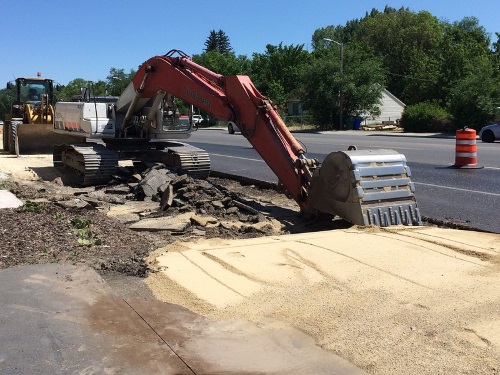As part of its annual listing of “top ten” construction projects event, the Utah Department of Transportation recommitted to keep pushing forward with 220 construction projects statewide worth nearly $3.3 billion collectively.
[Above photo by Utah DOT.]
“Transportation is vital in providing essential goods and services during these uncertain times and will continue to be a major part of our economic recovery in the coming months,” noted Carlos Braceras, the agency’s executive director, in a statement. “These construction jobs are deemed essential in order to keep Utah moving.”

He added that, as one of the fastest-growing states in the country, Utah’s population adds roughly 59,000 residents per year – the equivalent of a small city – meaning his agency is continually looking for ways to meet current and future transportation needs while maintaining the existing highway system in good condition.
“Due to the essential nature of building and maintaining the state’s transportation system, Utah DOT is committed to keeping its operations moving forward during the COVID-19 pandemic,” Braceras said. “We will continue to provide the services so many businesses and citizens depend on while also finding ways to protect those individuals and teams.”
This year, Utah DOT’s number one project is the $489 million reconstruction and widening of U.S. 89 between Farmington and I-84. Crews began work on this project in February and plan to add a new lane in both directions and replace all of the existing intersections with four new interchanges and two underpasses along a 9.5-mile section of the highway.
The agency expects that project will be completed in 2023.
The Utah DOT also noted that it has made “numerous changes” to its construction protocols, in conjunction with its contractor partners, to ensure worker safety such as:
- Reduced or eliminated in-person meetings and maintaining social distancing wherever possible.
- Wiping down tools and disinfecting surfaces in vehicles.
- Discouraging carpools and shared vehicle use to and from jobsites.
- Monitoring compliance on construction sites and in offices and reminding workers to stay safe.
- Developing statewide guidelines and assisting projects to develop tailored health plans.
“The safety of our workers and our contractors’ workers are the most important priority for all of us,” Braceras said.
 States
States
NCDOT Staff Participate in ‘Explosive’ Technical Training
December 19, 2025 States
States

